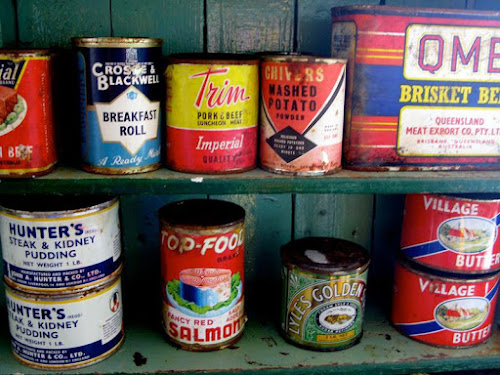The Botulism Outbreak That Provided Increase to America's Food Security System
In late 1919 and very early 1920, researchers and canners functioned with the federal government to safeguard the general public from the fatal toxic substance
seventh-grade scientific research instructor duplicated 2 truths so frequently that they are still crystal remove in my memory. The initially was the meaning of osmosis: "the death of a compound from a lower focus to a higher focus with a semi-permeable membrane layer." The various other was this: nicked tinned food could poison you with botulism, the most dangerous toxic substance in the world
Why these 2 truths appeared amongst one of the most essential points to instruct 12-year-olds in the 1990s isn't precisely remove, however it stands to factor that at the very least the last truth originated from acquired knowledge. This middle-aged instructor in Arkansas had most likely listened to regarding botulism in tinned food from his very own mom and grandma, seizing after it as this singularly awesome truth, appropriate in the kitchen area and in the scientific research class. The terror of the botulism germs and the mayhem it might wreak belied the dull, innocuous picture of the tin could.
By the moment I was resting at that shaped plastic institution workdesk, it was difficult for Americans to picture anything much less frightening compared to tinned food. In a country of Lunchables and DunkAroos, we counted on the power and security of the food market, which tinned food belonged.
However I later on ended up being a trainee of background and, by an amusing transform of occasions, started to examine the background of tinned food. I discovered of a time when cans were unique and unknown, when they influenced abhorrence, worry, and stress. These experiences still form The u.s.a., and exactly just how it consumes, today. Memilih Situs Judi Bola Yang Tepat

Tinned food obtained its begin in the opening up years of the 19th century in France and transferred to The u.s.a. by 1825, however just started to go into typical American houses in the years after the Civil Battle. The battle subjected countless soldiers to tinned food, and they brought the preference house with them. However the brand-new market likewise had a hard time to persuade American customers to think about its items practical and credible. There were numerous reasons very early customers just weren't all that thinking about attempting these brand-new offerings. For one, the lengthy hrs that cans of food were steamed left the components mushy, with an unappealing structure and preference.
However also previously sampling the food, numerous Americans were hesitant. To individuals familiar with seeing and touching and scenting the foods they had to do with to consume, these hard-sided, nontransparent steel items didn't appear such as food. The brand-new technique of commercial manufacturing and brand-new method of consuming really felt international to American customers, that had matured consuming food that was much a lot extra regional, much a lot extra perishable, and simpler to suit current classifications. As the Unified Specifies went into an age of industrialization and urbanization, the unknown could embodied this time around of fast alter.


